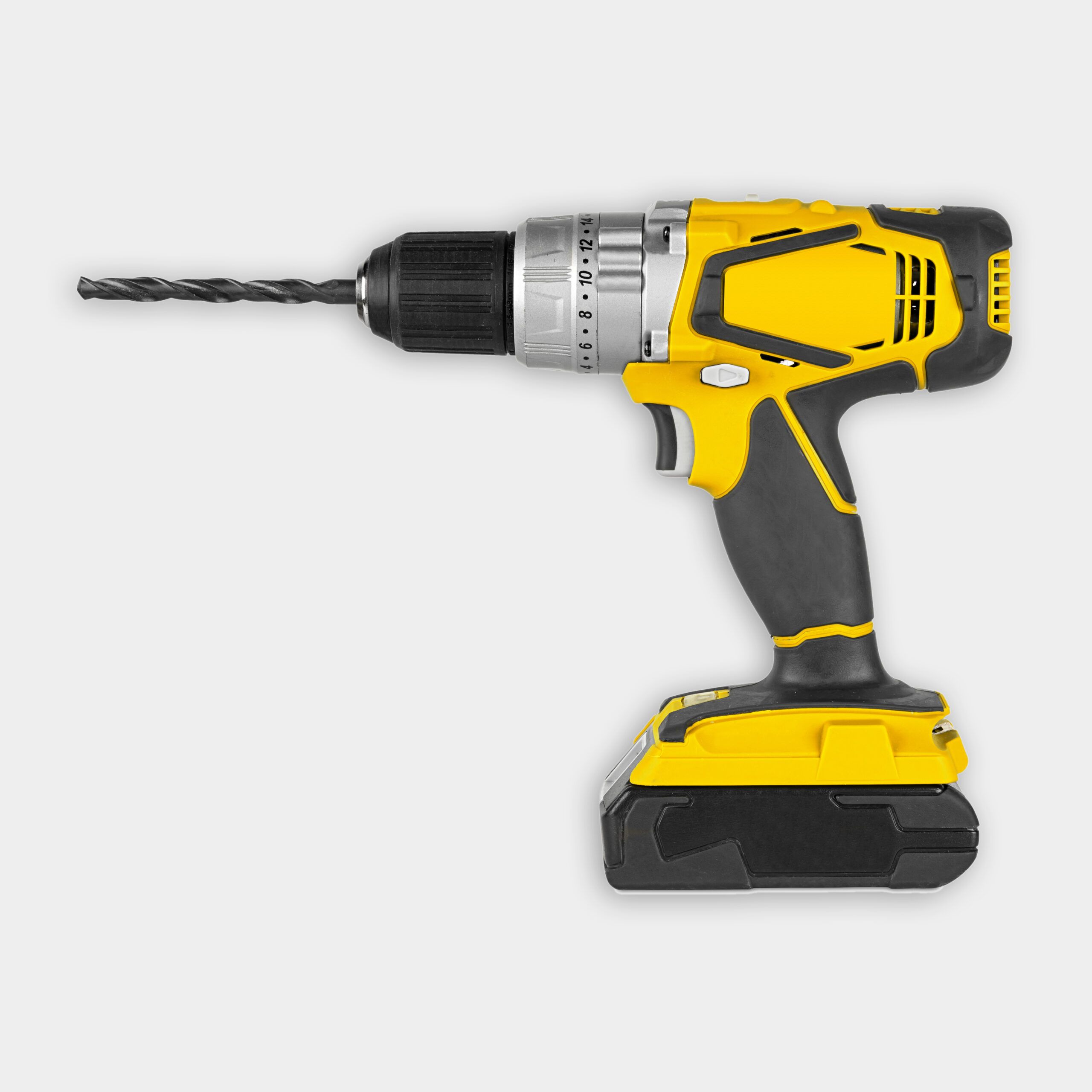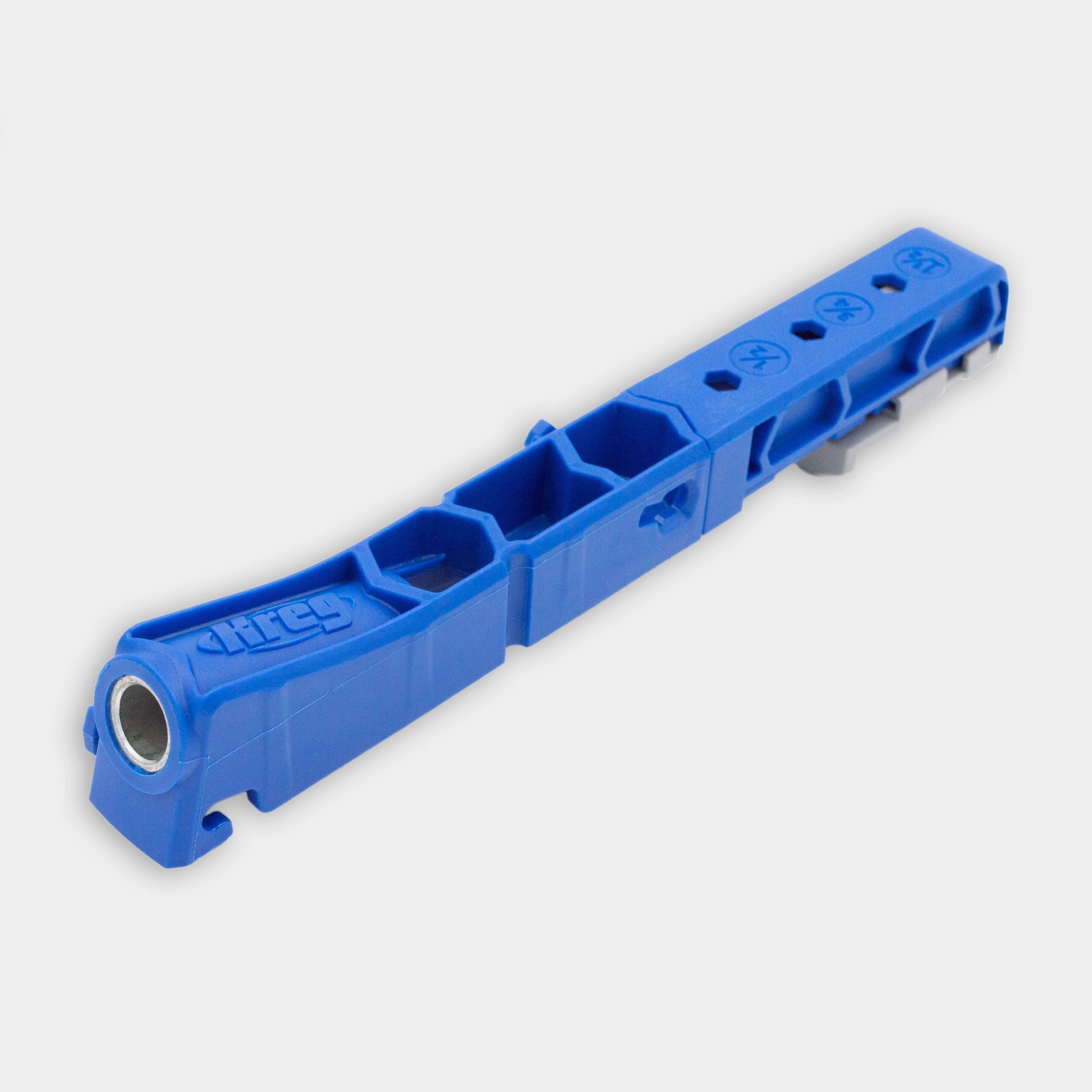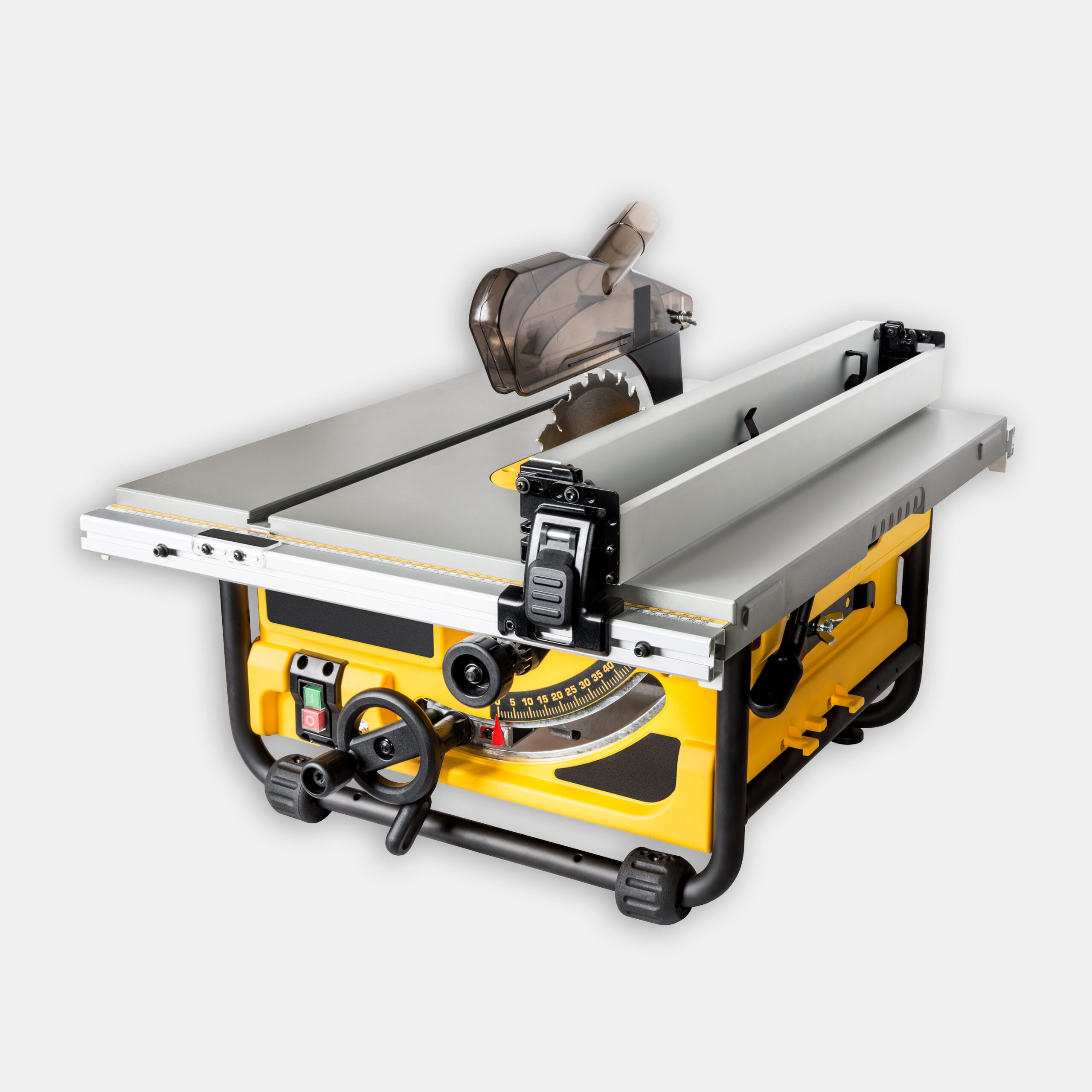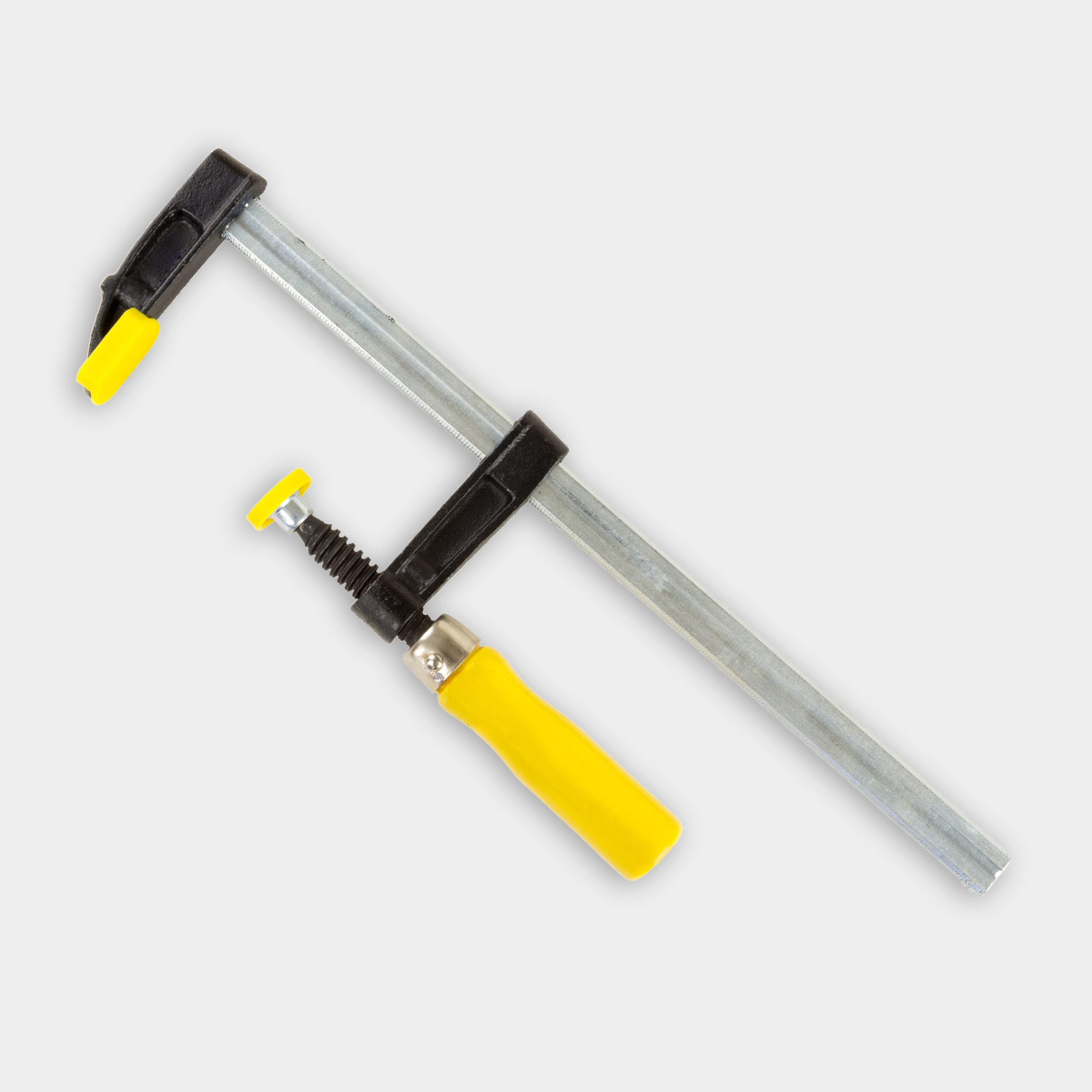We may be compensated if you purchase through links on our website. Our team is committed to delivering honest, objective, and independent reviews on home products and services.
Project details
Skill
Cost
Estimated Label
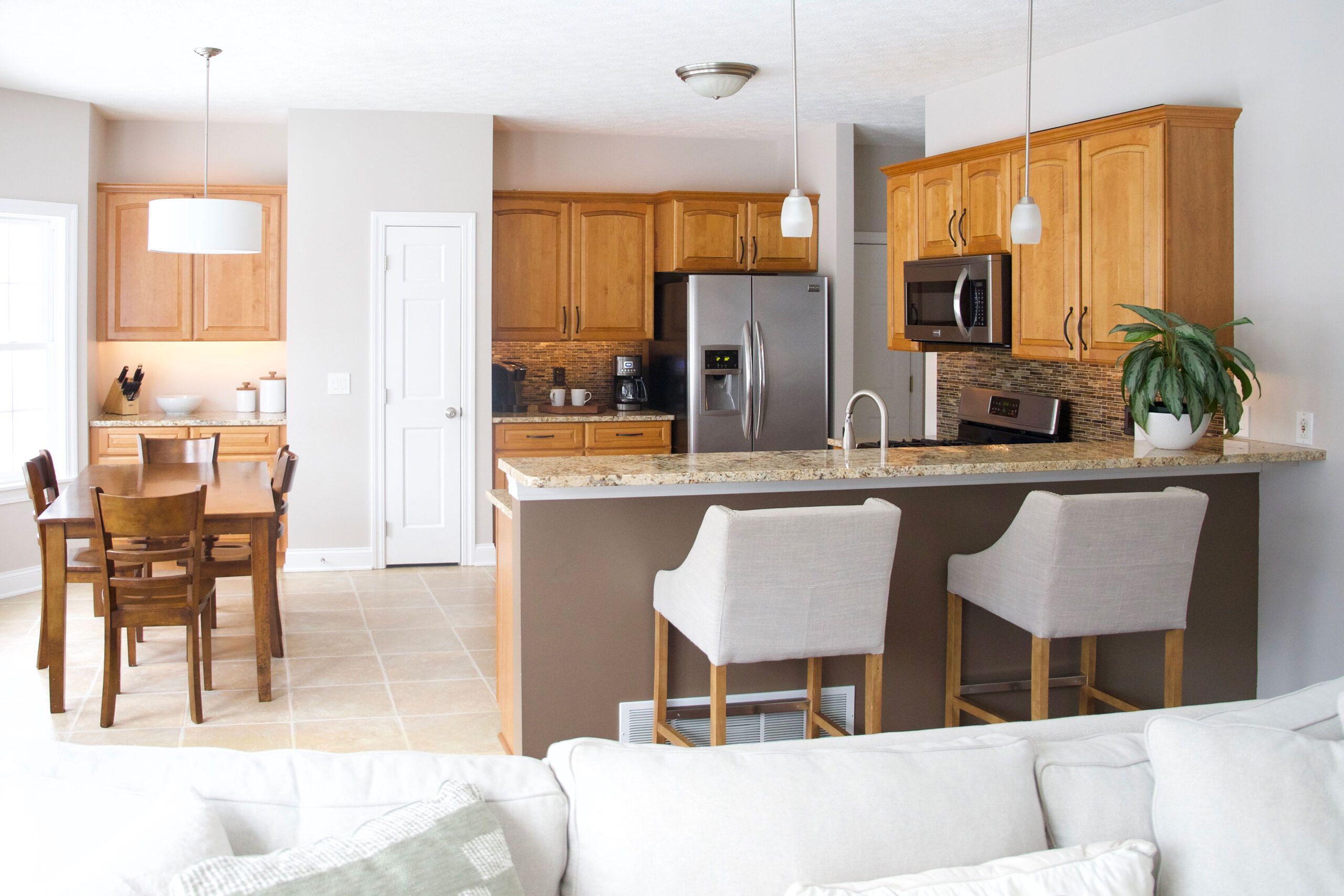
You can maximize your kitchen’s storage space by building upper cabinet boxes that extend your existing cabinets to the ceiling. This eliminates dead space in your kitchen and increases the visual height of the room. Read about how to construct these figures in our step-by-step guide below, and watch the video above for a tutorial from House One’s Jenn Largesse.
Planning Your Cabinet Box Project
Be sure to fully plan your cabinet project before you begin construction.
Measuring and Designing
Consider the variables below while measuring your new cabinet sections:
- Depth of existing cabinets, excluding face frames
- Height of the space between existing cabinets and the ceiling
- Width of cabinet boxes, excluding face frames and filler strips
Be sure to leave a small gap at the top to accommodate crown molding.
Selecting Materials
Gather the materials below before you start your construction project:
- 3/4-inch plywood for the box construction
- 1×2, 1×3, and 1×6 boards for face frames
- Crown molding
- Pocket hole screws
- Wood glue and wood filler
Building the Cabinet Boxes
Once you’ve gathered your materials and put your plans in place, you can begin construction. Follow the steps below.
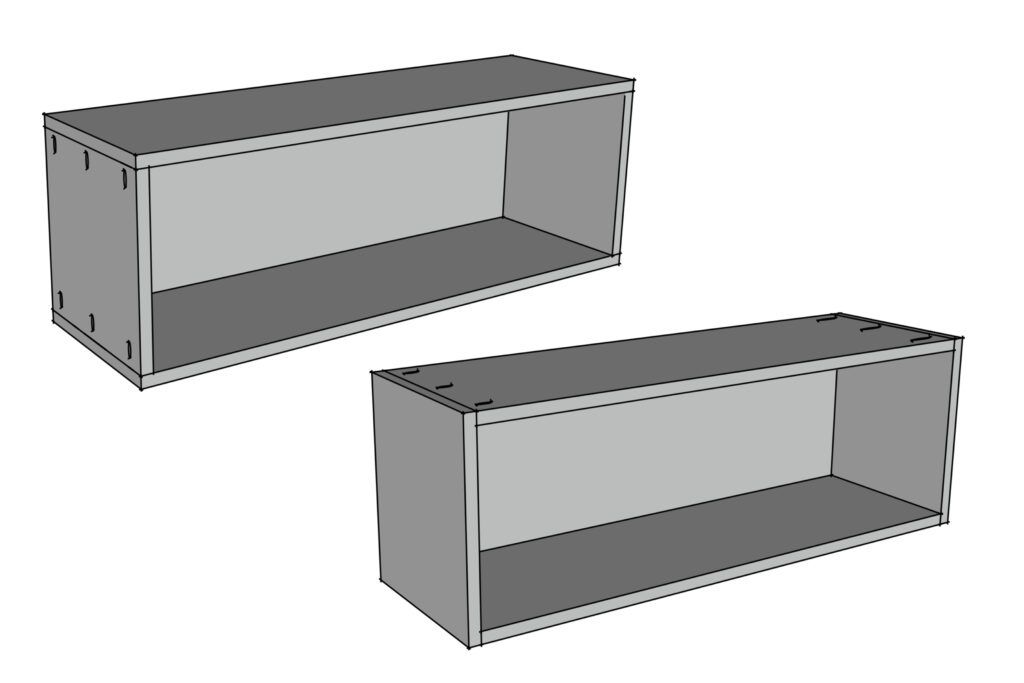
Cutting the Plywood
- Rip a sheet of plywood so that it matches the depth of your existing cabinets.
- Cut the plywood strips to create the top, bottom, sides, and back of each box.
- Lay out the pieces and mark locations for pocket holes.
Assembling the Boxes
- Drill pocket holes around the perimeter of the back wall and at the top and bottom of the side walls.
- Use glue and pocket hole screws to attach the back to the bottom board.
- Add the sides, and make sure all pocket holes face outward.
- Cap the assembly with the top board.
If your cabinets have exposed ends, place the top and bottom between the sides to conceal pocket holes.
Creating Face Frames
Face frames give your cabinet boxes a finished look and provide a surface you can use to attach doors.
- Cut 1×2 boards for the bottom rail and vertical stiles.
- Use a 1×6 board for the top rail to create a nailer for crown molding.
- Assemble the frame using glue and pocket hole screws.
- Align the vertical stiles with those on existing cabinets.
Installing the Cabinet Boxes
Once you’ve completed your boxes and face frames, you can install the cabinet boxes in your kitchen.
Securing the Boxes
- Position the boxes above your existing cabinets.
- Screw through the back wall into wall studs.
- Drive one or two screws through the bottom of the new box into the top of the existing cabinet for more stability.
Attaching Face Frames
- Apply wood glue to the front edges of the cabinet box.
- Position the face frame and nail it securely to the box.
- Fill nail holes with wood filler, let them dry, and sand them smooth.
Finishing Touches on Upper Cabinet Box Installation
Complete your project with the finishing touches below.
- Add a corner shelf for additional storage or display space.
- Install crown molding to cover the gap between the new cabinets and the ceiling.
- Paint the new cabinets so that they match your existing cabinetry, or choose a new color scheme.
Additional Kitchen Upgrades
Consider some of the upgrades below, which can enhance your kitchen space:
- Add a new backsplash for a fresh, modern look.
- Build floating shelves in the pantry for additional storage options.
- Install new flooring to tie in the kitchen with the rest of your home.
- Remove pantry doors to create an open, accessible storage area.
- Update cabinet hardware.
Tools
Below are the tools and materials you need to complete this project.
